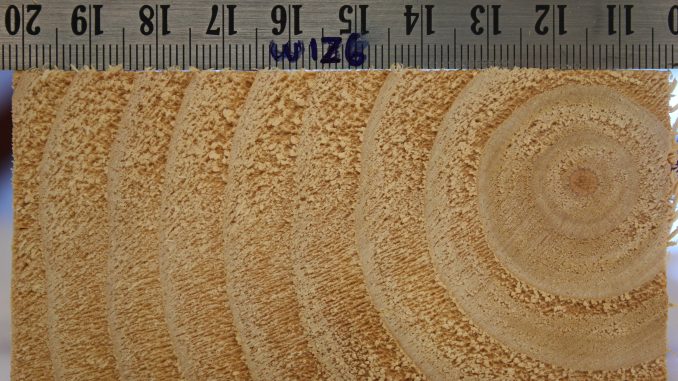
This is one of those simple sounding questions that has a lot of possible answers.
For now, let’s keep it simple and ask something more specific: If you are designing a timber structure to Eurocode 5 (EN 1995) what density do you use for the self weight? The answer should not the characteristic density of the strength class of the timber. It should also not the mean density of the strength class of the timber. Here is why:
When timber is strength graded it is assigned to a strength class on the basis that the three primary properties (strength, stiffness and density) are at least as high as those specified in the definition of the strength class. The characteristic density is defined as the lower 5th percentile density at 12% moisture content. This means that at least 95% of the pieces of timber should have density that is higher than that value. This is a lower bound value of density – for use in the parts of design where low density is problematic (such as charring rate and embedment strength).
The mean density you see in the strength class definition (e.g. EN 338) is calculated from the 5th percentile density (the equation is now in EN 384). This has an intrinsic assumption about the coefficient of variation of the density (validity of that assumption being a topic for another day) – but it is still a lower bound value of density. The true density of the timber may be considerably higher – and there is nothing within the way grading works, that considers an upper limit for density.
When you do self weight calculations you should be concerned about high values of density – not low ones. You want to be conservative in the other direction – and use a upper bound estimate of density. This is why you need to use the density values in EN 1991-1-1. If you look in there it gives you density values for wood in a table sorted according to strength class and….oh…you find these values are the same as the mean values in EN 338. Oops.

Thanks very much